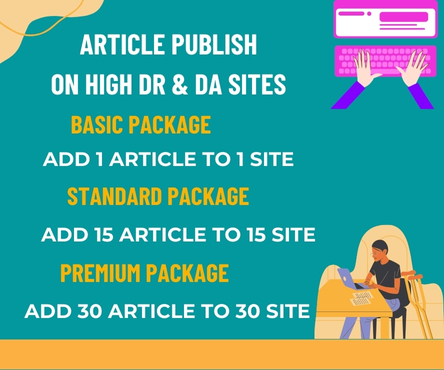In today’s digital age, a website is often the first point of contact between a business and its potential customers. It serves as a virtual storefront, a platform for communication, and a hub for information. Therefore, building a website that aligns with your brand strategy is crucial for establishing a strong online presence and fostering customer loyalty. Here’s a comprehensive guide on how to create a website that reflects your brand identity and resonates with your target audience. https://weddingphotographerwebdesign.com/
Understanding Your Brand Strategy
Before diving into the technical aspects of website development, it’s essential to have a clear understanding of your brand strategy. Your brand strategy encompasses your business’s mission, vision, values, and unique selling propositions (USPs). It defines how you want your audience to perceive your brand and what sets you apart from competitors.
Key Elements of Brand Strategy
- Mission and Vision: What is the purpose of your business? What do you aspire to achieve in the long run?
- Target Audience: Who are your ideal customers? Understanding their demographics, preferences, and pain points is vital.
- Brand Personality: Is your brand formal, casual, playful, or authoritative? Your website should reflect this personality.
- Unique Selling Proposition (USP): What makes your products or services unique? Highlighting your USP on your website can attract and retain customers.
Designing Your Website with Brand Consistency
Once you have a solid grasp of your brand strategy, the next step is to design your website in a way that reflects this identity. Consistency is key in branding, and your website should be no exception.
Visual Identity
- Color Palette: Choose colors that align with your brand’s personality. For instance, blue often conveys trust, while red can evoke excitement.
- Typography: Select fonts that are easy to read and reflect your brand’s tone. A tech company might opt for modern sans-serif fonts, while a luxury brand may choose elegant serif fonts.
- Imagery: Use high-quality images that resonate with your audience. Whether it’s product photos, lifestyle images, or graphics, ensure they align with your brand’s message.
User Experience (UX)
A website that is difficult to navigate can deter potential customers. Prioritize user experience by ensuring that your website is intuitive and user-friendly.
- Navigation: Create a clear and straightforward navigation menu. Users should be able to find what they’re looking for within a few clicks.
- Mobile Responsiveness: With a significant portion of web traffic coming from mobile devices, ensure your website is responsive and looks great on all screen sizes.
- Loading Speed: Optimize your website’s loading speed. A slow website can lead to high bounce rates and lost opportunities.
Crafting Compelling Content
Content is at the heart of your website. It should not only inform but also engage and persuade your audience. Align your content with your brand strategy by focusing on the following:
Brand Voice
Your brand voice should be consistent across all content. Whether you’re writing blog posts, product descriptions, or social media updates, maintain the same tone and style. This consistency helps reinforce your brand identity.
Storytelling
People connect with stories. Use storytelling techniques to share your brand’s journey, values, and mission. This can create an emotional connection with your audience and enhance brand loyalty.
Call to Action (CTA)
Every page on your website should have a clear call to action. Whether it’s signing up for a newsletter, making a purchase, or contacting you for more information, guide your visitors on what to do next.
Integrating SEO Best Practices
To ensure your website reaches your target audience, it’s essential to integrate search engine optimization (SEO) best practices. This involves optimizing your website’s content and structure to improve its visibility on search engines.
- Keyword Research: Identify relevant keywords that your target audience is searching for and incorporate them naturally into your content.
- Meta Tags: Use descriptive meta titles and descriptions for each page to improve click-through rates from search engine results.
- Alt Text for Images: Include alt text for images to enhance accessibility and improve SEO.
Monitoring and Evolving Your Website
Building a website is not a one-time task; it requires ongoing monitoring and updates. Use analytics tools to track user behavior, traffic sources, and conversion rates. This data can provide valuable insights into what’s working and what needs improvement.
Regular Updates
Keep your content fresh and relevant by regularly updating your website. This could include adding new blog posts, updating product information, or refreshing design elements.
Feedback and Adaptation
Encourage feedback from users and be open to making changes based on their suggestions. This adaptability can help you stay aligned with your audience’s needs and preferences.
Conclusion
Building a website that aligns with your brand strategy is a multifaceted process that requires careful planning and execution. By understanding your brand identity, designing for consistency, crafting compelling content, integrating SEO best practices, and continuously monitoring your website, you can create a powerful online presence that resonates with your audience. Remember, your website is not just a digital brochure; it’s a dynamic platform that reflects your brand’s values and engages your customers. By investing time and effort into aligning your website with your brand strategy, you can foster trust, enhance customer loyalty, and ultimately drive business growth.

